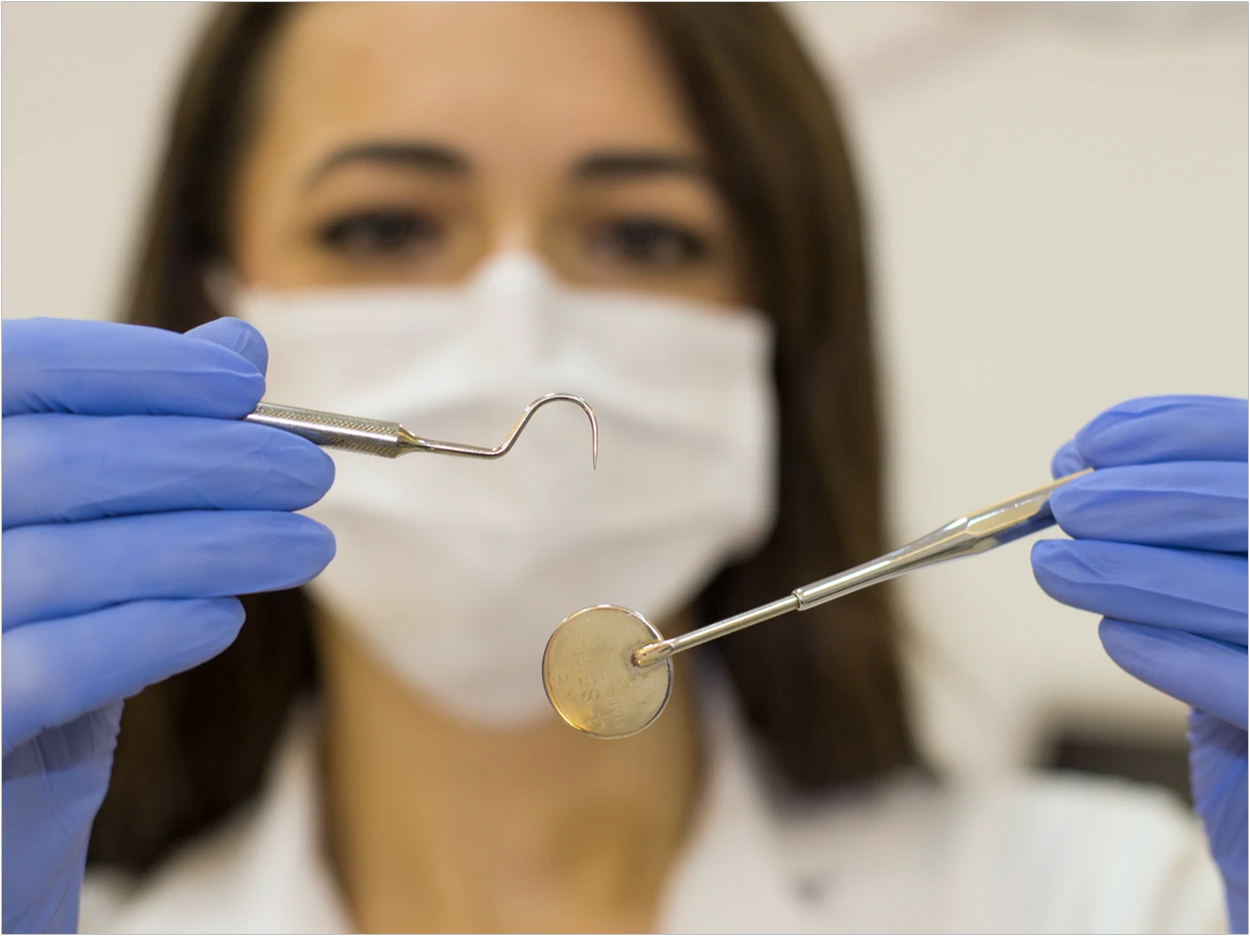
Despite having been designated as high risk for COVID-19 by the Occupational Safety and Health Administration, only 3.1% of dental hygienists have had COVID-19 based on data collected in October 2020, according to the ADA and American Dental Hygienists’ Association (ADHA).
This percentage aligns with the cumulative infection prevalence rate among dentists and far below that of other health professionals in the United States, the ADA and ADHA said, though it is slightly higher than that of the general population.
The research is the first large-scale collection and publication of infection rates among dental hygienists in the United States and infection prevention and control practices related to COVID-19. It also examines associated trends, including employment data.
“We were pleased to collaborate with the ADA on this research that takes a closer look at the impact of the pandemic on the dental team,” said ADHA CEO Ann Battrell, MSDH.
“The low infection rate shows us we can provide oral healthcare in a safe manner, which is critically important since the safety of dental hygienists and the patients they serve is of the utmost importance to ADHA and the dental hygiene profession,” Battrell said.
The data reflects results from the first month of a longitudinal study on the impact of COVID-19 on dental hygienists in the United States. As of October 8, 2020, 4,776 dental hygienists from all 50 states and Puerto Rico had participated in the survey.
Of the participants, 149 or 3.1% had ever been diagnosed with COVID-19, either through testing or by a medical professional, and they were not clustered in any particular geographic region.
“The dental team has been following strict infection control guidance since long before COVID-19,” said Marcelo Arauho, DDS, MS, PhD, senior author of the study, chief executive officer of the ADA Science and Research Institute, and ADA chief science officer. “This study is another proof point that dental care is safe for patients and dental professionals.”
According to the research, more than 99% of respondents reported their primary dental practice had enhanced infection prevention or control efforts in response to the pandemic. Most respondents wore eye protection, masks, protective coverings, and gloves during dental procedures.
A second study in the joint research examined employment rates of dental hygienists, with 8% of dental hygienists leaving the workforce since the onset of the pandemic. Of this group, nearly 60% left the workforce voluntarily, citing reasons such as overall concerns around the pandemic, safety concerns, and childcare issues.
“We know the pandemic has impacted healthcare workers in so many ways,” said JoAnn R. Gurenlian, RDH, MS, PhD, lead author and chair of the ADHA’s Task Force on Return to Work.
“While one-quarter of the 8% of dental hygienists were laid off due to early dental office closures, others were faced with tough decisions around whether or not they could continue to work in a setting that requires direct patient care. It’s a very personal decision,” Gurenlian said.
“The good news is the infection rate data shows that dental hygiene care can be delivered safely. And with vaccine availability, we may see more opportunities for dental hygienists to return to practice,” she said.
According to the researchers, COVID-19 has led to a reduction in the dental hygienist workforce that is likely to persist until the pandemic passes.
“The pandemic is bringing unprecedented disruption to the US healthcare sector, including in the dental workforce,” said Marko Vujicic, PhD, chief economist and vice president of the ADA’s Health Policy Institute.
“We are continuing to examine employment patterns and the impact on the dental team, including how continued vaccine distribution will contribute to these patterns. Our research suggests once the pandemic is over, we could see employment patterns largely return to pre-pandemic levels,” Vujicic said.
The ADA and ADHA said that they will continue to work together to track infection rate data and the impact of COVID-19 on dental professionals.
The study, “COVID-19 Prevalence and Related Practices Among Dental Hygienists in the United States,” was published by the Journal of Dental Hygiene.
Related Articles
Dental Hygiene Named Fifth Best Healthcare Support Job
Dental Hygiene Treatment Intersects With COVID-19 Prevention
Dental Hygiene Careers Remain Rewarding Despite Challenges












